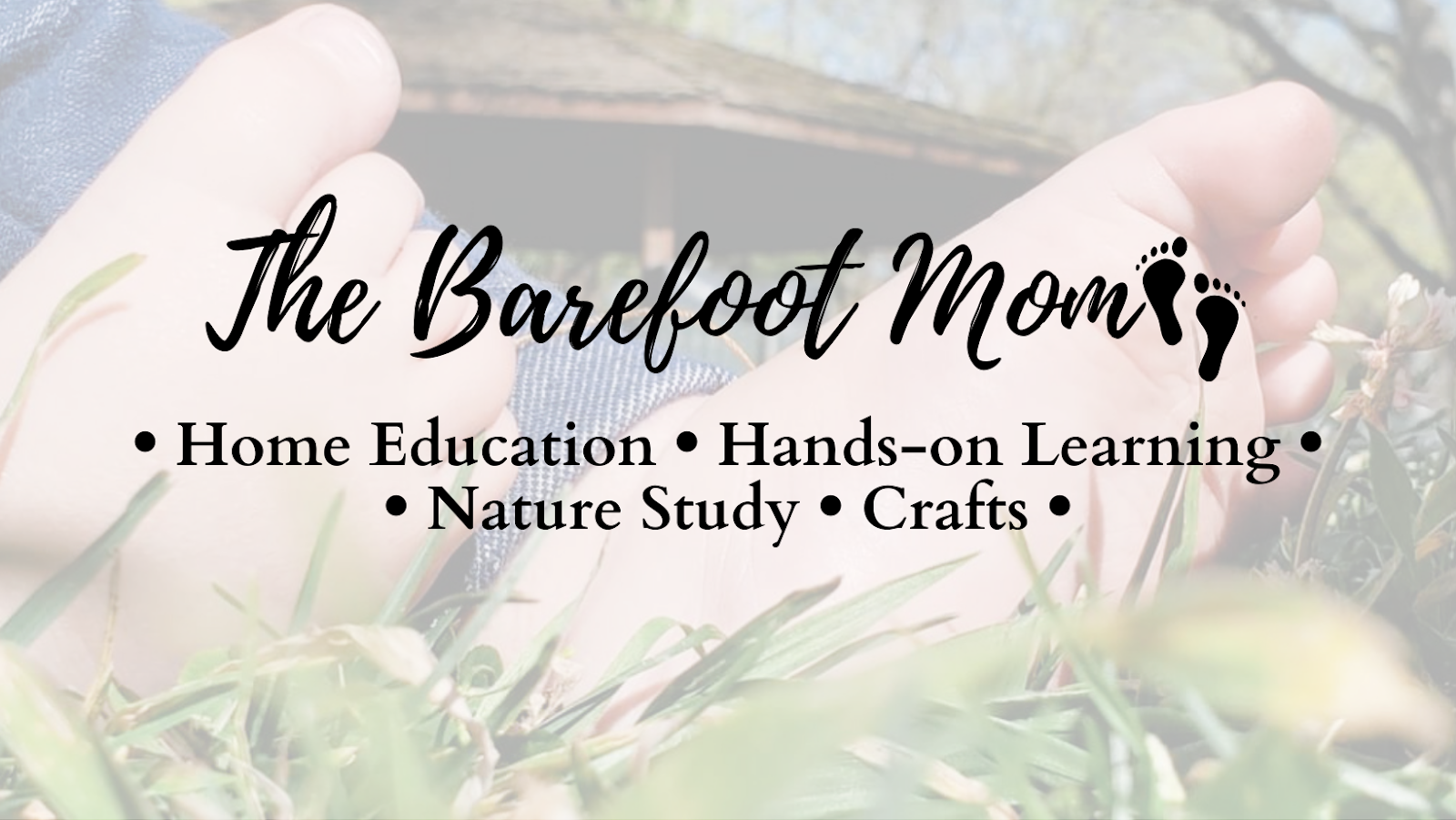I tend to get really dry skin in the winter time, but I'm not a big fan of the ingredients in most store bought lotions. A few years ago I decided to give homemade lotion a try, but couldn't find a recipe that didn't leave my skin feeling really greasy. I finally came upon a couple different recipes for lotion bars and tried them out. I immediately decided lotion bars were the way to go. They didn't leave my skin feeling greasy, and they're super simple to make. After a few adjustments, I settled on a recipe I really like.
Why Avoid Store Bought Lotions?
There are a lot of potentially harmful ingredients in most mainstream lotions, including: parabens, artificial fragrances, and triethanolamine. Parabens are often added to lotions to prevent bacterial and fungal growth but are endocrine disruptors that have been linked to various types of cancer. Many artificial fragrances are also endocrine disruptors and can be irritating to the respiratory system. Triethanolamine, a chemical commonly used to balance pH in lotions, has been linked to cancer in animal studies and is a respiratory and skin irritant. And these are just a few of the questionable ingredients often found in store bought lotions.
DIY Lotion Bar Recipe
You will need:
-1/3 cup extra virgin olive oil
-1/3 cup shea butter
-1/3 cup beeswax pellets
-10-15 drops of your favorite essential oils (optional)
-A saucepan
-A large mason jar
-Soap molds or ice cube trays
Combine all the ingredients in a large mason jar, then set the jar in a sauce pan filled with water.
Heat over medium heat, stiring often, until all the ingredients have melted.
Remove from heat and add 10-15 drops of your choice of essential oils. My personal favorites for lotion bars are lavender and chamomile because they so soothing for your skin. For unscented bars, skip the essential oils. Stir until the oils are fully distributed.
Carefully pour the mixture into your soap molds or ice cube trays and set aside to cool for several hours. Once they are fully cooled, remove the bars from the molds. And that's it!
To use your lotion bars, just rub over your skin. In cool weather, you may need to hold your lotion bar in your hands for a few seconds to warm it up before applying.
You can store them in small mason jars or tins.
If you enjoyed this post, check out:
-DIY All Purpose Healing Salve
-DIY Kid Safe Bug Repellant
Follow me on:
Facebook
Pinterest
Instagram
Twitter
Why Avoid Store Bought Lotions?
There are a lot of potentially harmful ingredients in most mainstream lotions, including: parabens, artificial fragrances, and triethanolamine. Parabens are often added to lotions to prevent bacterial and fungal growth but are endocrine disruptors that have been linked to various types of cancer. Many artificial fragrances are also endocrine disruptors and can be irritating to the respiratory system. Triethanolamine, a chemical commonly used to balance pH in lotions, has been linked to cancer in animal studies and is a respiratory and skin irritant. And these are just a few of the questionable ingredients often found in store bought lotions.
DIY Lotion Bar Recipe
You will need:
-1/3 cup extra virgin olive oil
-1/3 cup shea butter
-1/3 cup beeswax pellets
-10-15 drops of your favorite essential oils (optional)
-A saucepan
-A large mason jar
-Soap molds or ice cube trays
Combine all the ingredients in a large mason jar, then set the jar in a sauce pan filled with water.
Heat over medium heat, stiring often, until all the ingredients have melted.
Remove from heat and add 10-15 drops of your choice of essential oils. My personal favorites for lotion bars are lavender and chamomile because they so soothing for your skin. For unscented bars, skip the essential oils. Stir until the oils are fully distributed.
Carefully pour the mixture into your soap molds or ice cube trays and set aside to cool for several hours. Once they are fully cooled, remove the bars from the molds. And that's it!
To use your lotion bars, just rub over your skin. In cool weather, you may need to hold your lotion bar in your hands for a few seconds to warm it up before applying.
You can store them in small mason jars or tins.
If you enjoyed this post, check out:
-DIY All Purpose Healing Salve
-DIY Kid Safe Bug Repellant
Follow me on:


Comments
Post a Comment